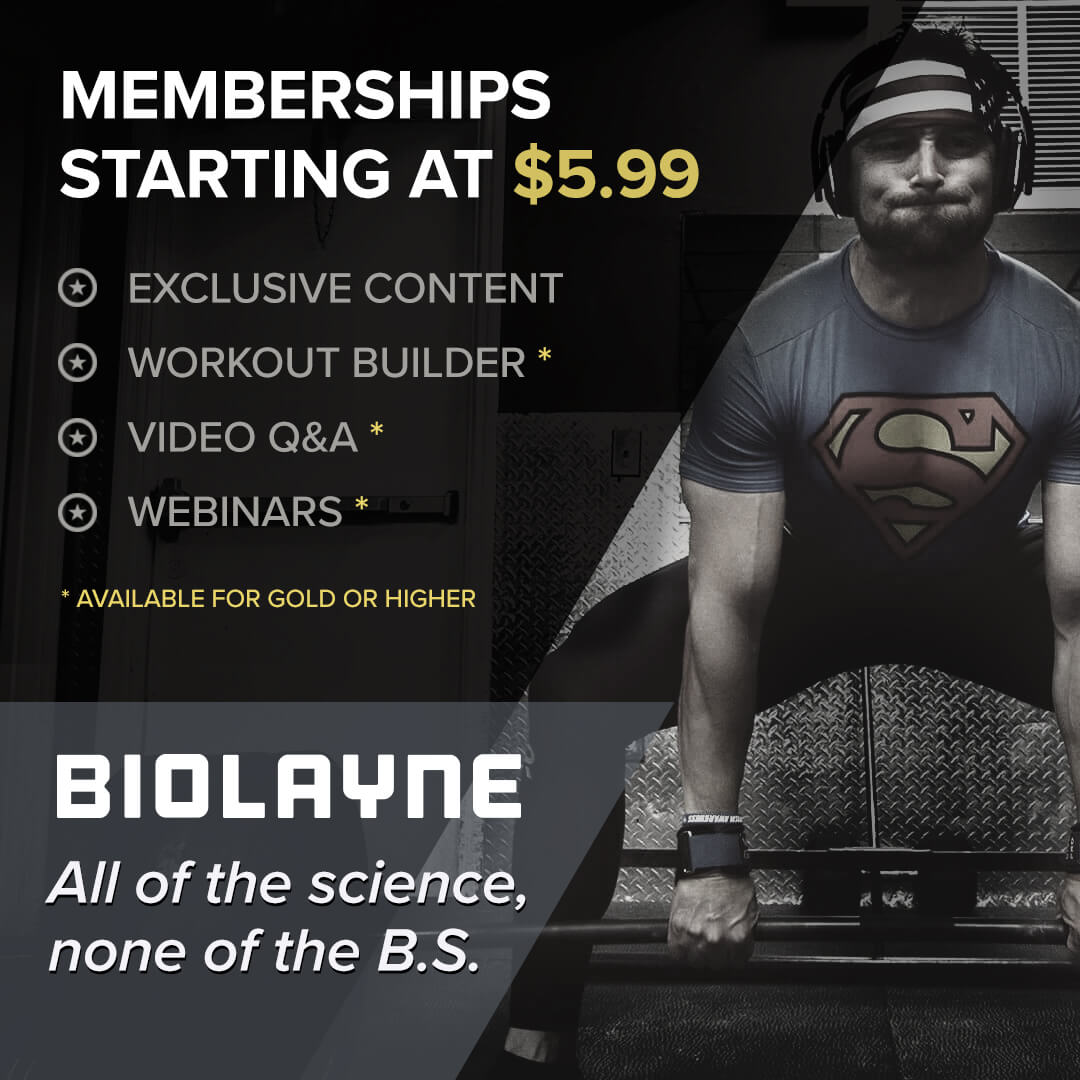The past several years have seen the birth of a quest to perfect exercise technique in the gym. Everyone seems interested in how to perform a given movement with perfect technique. This has given rise to a myriad of internet experts who provide their unsolicited advice on your Instagram lifting videos. One thing you may have noticed is that slight asymmetries tend to exist in people, even those who are highly experienced lifters. One side may rise faster on a bench press or overhead press. Foot placement may be slightly different during a deadlift. Hips or knees might shift differently during a back squat. All of these subtle differences often trigger the technique experts to let you know how much danger you are in with respect to future injury. It certainly seems plausible that these asymmetries are the result of some dysfunction which will eventually lead to catastrophic failure. However, just because something seems plausible, doesn’t mean it always turns out to be true. With movement asymmetry, as with anything, you must investigate things further in order to determine whether it is something worth fixing or leaving alone.
When is Asymmetry Harmless?
Let’s get one thing out of the way first: our bodies are not perfectly symmetrical. On the surface, our right and left sides look relatively close to mirror images of one another. However, if you really peel back the layers, you will start to notice that there are some differences. This is especially true when we look at our skeleton, internal organ arrangement, and even our muscle position.
For example, our liver sits on the right side of our body while our heart sits on the left. This causes morphological differences between our right and left lung with our right lung being bigger than our left. Because of these differences, our rib cage is not always perfectly symmetrical either, which then influences the length and position of the muscles which attach to the rib cage. We could explore this thread down a rabbit hole, but essentially it serves to show you that asymmetry exists all over the body.
When we look at asymmetry in movement, we have to keep these structural differences in mind. Just because someone has different right and left foot orientation when they perform a lift doesn’t always mean they are in danger. Just as we see with our rib cage, our hip socket orientation and pelvic tilt may be different on both sides. If our hip sockets point in slightly different directions, the angle of our femur (thigh bone), tibia (shin bone), and foot are going to be different during a squat. The same thing can be said about our scapula (shoulder blade) when it comes to bench pressing. The way it articulates with the humerus (upper arm) on either side can change the trajectory of the bar during the lift.
If no pain exists when a person performs a lift and the asymmetry is the result of a structural difference, then it is often best to leave it alone. In fact, changing his or her mechanics might actually trigger pain or injury where it might not have otherwise existed. When it comes to the way our bones are structured, there isn’t a whole lot we can do to change. Instead we have to orient our body to compensate for the structural difference. This is why everyone has different techniques for the same movement pattern. Forcing someone into an unnatural (for them) biomechanical position is definitely a recipe for disaster. So, just because you see a slight hip shift or goofy foot positioning doesn’t mean the person needs to fix his or her form. It could be that the person’s individual structure is the cause.
When is Asymmetry Harmful?
With all that being said, there are times when asymmetries in movement can be the result of a dysfunction. When the cause of the asymmetry is related to a muscular imbalance in strength or activation, there may be cause for concern. Of course, there is usually a slight difference in strength between our right and left side. Most of us have a dominant side which performs slightly better than the other, but an egregious difference in strength is usually not desirable when it comes to performance. Weakness in a muscle often results in tightness or a perceived lack of flexibility at certain positions. This weakness can then force other muscles to overcompensate in order to perform a task and thus, movement irregularities arise.
Over time, the movement irregularities that result from muscular imbalance can lead to injury. Because they are not a result of structural differences, the irregular movements put you into undesirable positions. This can sometimes be compensated for depending on the degree of dysfunction, but often the compensation required to overcome the dysfunction is too stressful for one or more tissues/joints in the kinetic chain being affected. Over time, that stress can chip away at the integrity of say, a ligament or a joint, and start causing pain. At first, pain may only be triggered by specific movements. If left untreated, however, the pain can become chronic.
This is of course where adjustments need to be made. The first step may be to simply queue the correct movement pattern. Often the movement irregularity will then disappear when the right queue or instruction is given. When that doesn’t work, then identifying the weak point and programming to strengthen it is essential.
However, it is still necessary to proceed with caution when you see some funky movement out of someone. Various movement screens are utilized today which are designed to identify injury risk. While it has been shown that injured subjects have lower scores on these screens, evidence for injury prediction in healthy subjects has been hot and cold [1][2]. So, just because a movement screen says a person is at risk doesn’t mean his or her fate is sealed. There is definitely an art and a science when it comes to navigating the biomechanics and injury risk profile of a given person.
Conclusion
It can be tempting to critique (or criticize if you’re into that) someone for having some asymmetry in a particular movement, but even if you are trying to do good by these actions, you have to consider the source of the asymmetry. It is true that it could be the result of a potentially dangerous dysfunction in the body. However, it is just as likely that the person’s body structure and orientation are to blame. Providing well intentioned advice to change a movement pattern to that person may actually cause pain or injury rather than prevent it.
This is why it is crucial to evaluate each person on a case by case basis rather than apply general rules to everyone, and unless you have been there to evaluate someone in person, it may be best to keep your advice to yourself. So, if you spot some funky movement in yourself next time you work out, find yourself a trained professional (such as a physical therapist) who can evaluate the issue and proceed as needed.
References
- Bardenett SM, Micca JJ, DeNoyelles JT, Miller SD, Jenk DT, Brooks GS. Functional Movement Screen normative values and validity in high school athletes: can the FMS™ be used as a predictor of injury?. International journal of sports physical therapy. 2015 Jun;10(3):303.
- Bonazza NA, Smuin D, Onks CA, Silvis ML, Dhawan A. Reliability, validity, and injury predictive value of the functional movement screen: a systematic review and meta-analysis. The American journal of sports medicine. 2017 Mar;45(3):725-32.


